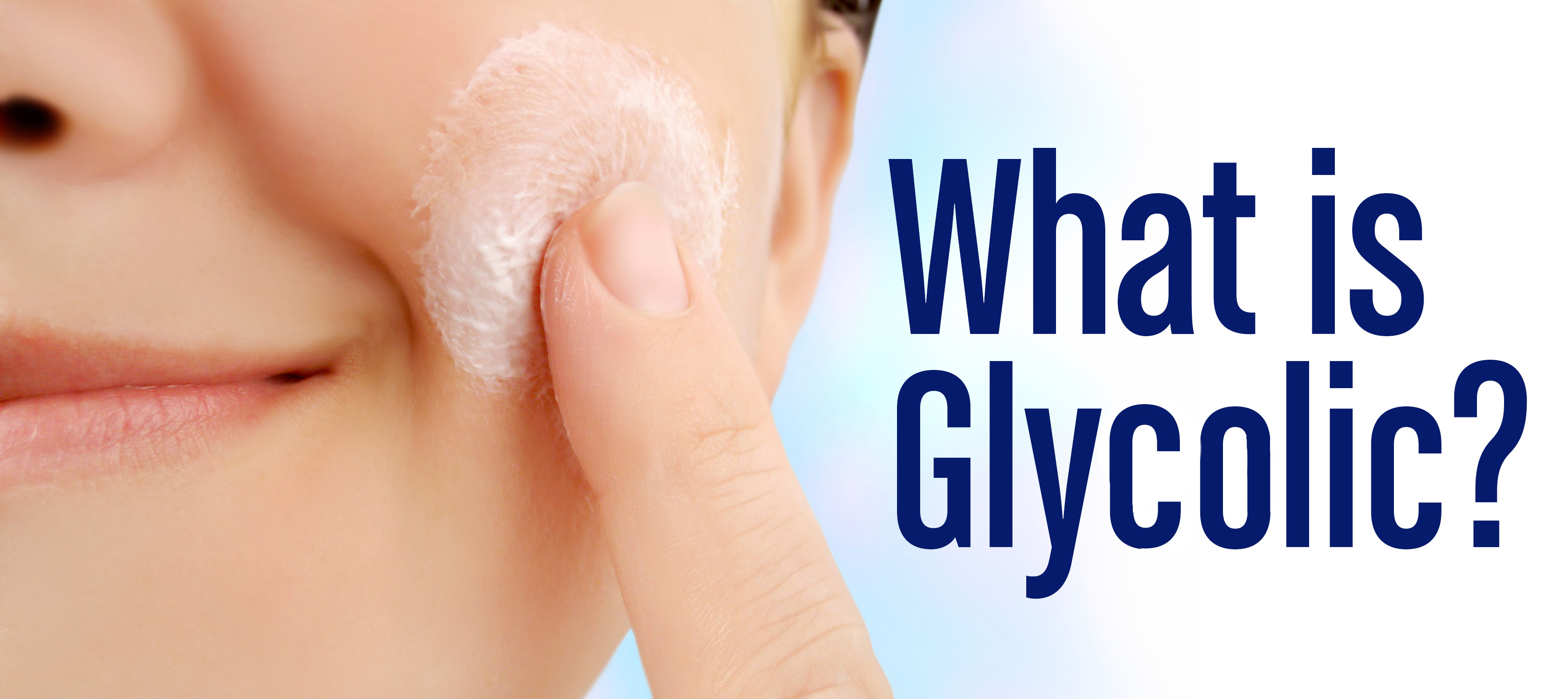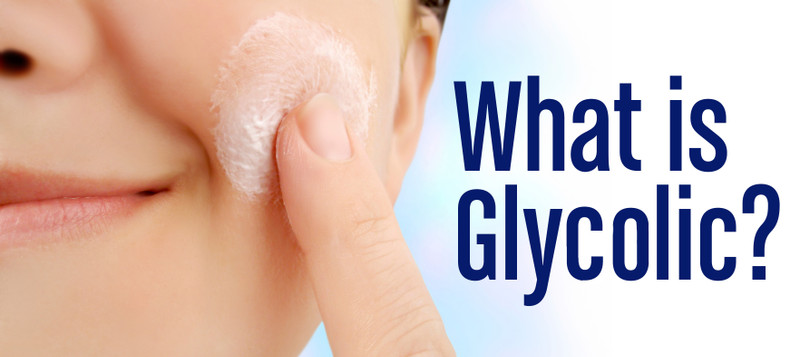
Glycolic. Just because you see the word often doesn’t mean you know
exactly what it is. You probably know it’s good for your skin, and maybe you
even seek skincare products with glycolic acid in their list of ingredients.
But what is it really?
Glycolic acid is part of a group of active compounds known as the alpha
hydroxyl acids (AHAs). These compounds are found naturally in plants, but can
also be made synthetically. Other AHAs you’re probably familiar with are lactic
acid or citric acid. Glycolic acid—an AHA naturally derived from cane sugar—is
the safest and most valuable for skin.
The reason glycolic is arguably the most beloved of the AHAs is simply due to its makeup. Its molecules are the smallest, so it’s easily able to penetrate the skin, treating fine lines, acne, dullness, and discoloration at their source.
Is the Glycolic Acid in Skincare Products Natural or Synthetic?
Even though the growing movement towards more natural products may suggest otherwise, both naturally occurring and synthetic glycolic acid are loaded with benefits and completely safe to use. In fact, most skincare products containing glycolic acid use a synthetic form that has higher concentrations of skin-nourishing vitamins than its natural counterpart.
Any claims that synthetic glycolic acid is hazardous are poorly researched. The ratios used in cosmetics are strictly regulated and optimized for healthy skin.
How Does Glycolic Acid Work?
The main skincare related purpose of glycolic is exfoliation. So how does it exfoliate and why does that help treat other conditions? After applying a cream, ointment, or peel with glycolic, the acid begins to work its way into the skin by loosening the bonds that hold skin cells together. This process is what allows glycolic to essentially buff away the top layer of dead cells and leave behind rejuvenated, fresh skin.
Dissolving the rough cells of the epidermis’ upper layer is glycolic acid’s premier act. The following results are what make it the star of the show. Shedding those dead cells triggers repair, and the whole process is free of abrasive scrubbing or inflammation. A good glycolic treatment will regenerate collagen and improve skin’s tone and texture.
Are There Any Downsides?
Hardly.
While glycolic acid does minimize fine lines and blotchiness, we will say it isn’t an ideal treatment for deep wrinkles—reducing those may require lasers or fillers.
Glycolic generally works best when used as a general toner and preventative measure, rather than as a correctional response.
There is also an increased susceptibility to sunburn combined with the use of glycolic acid. This just means you shouldn’t skimp on sunscreen, especially if glycolic is part of your skincare routine.

